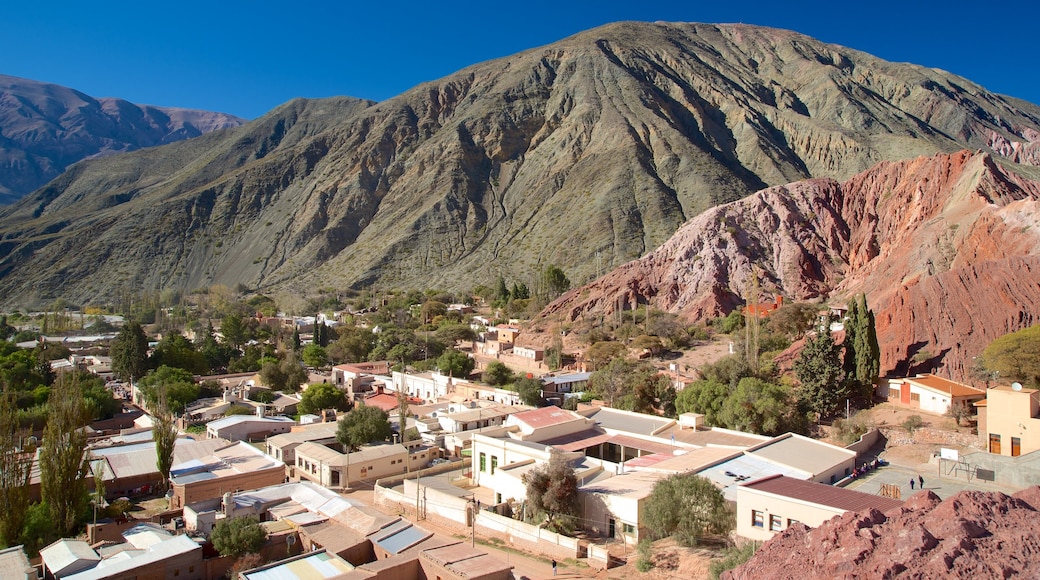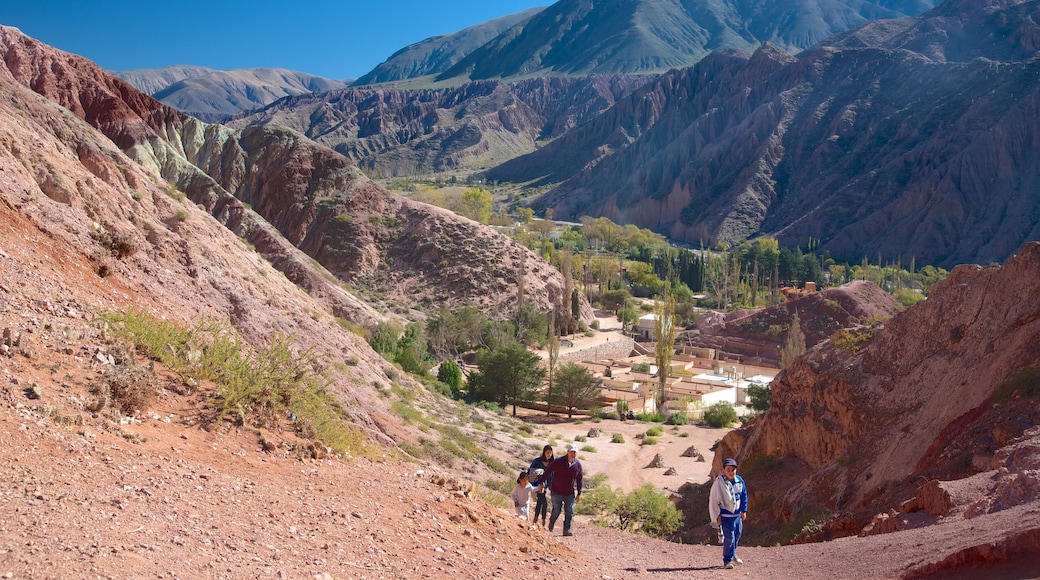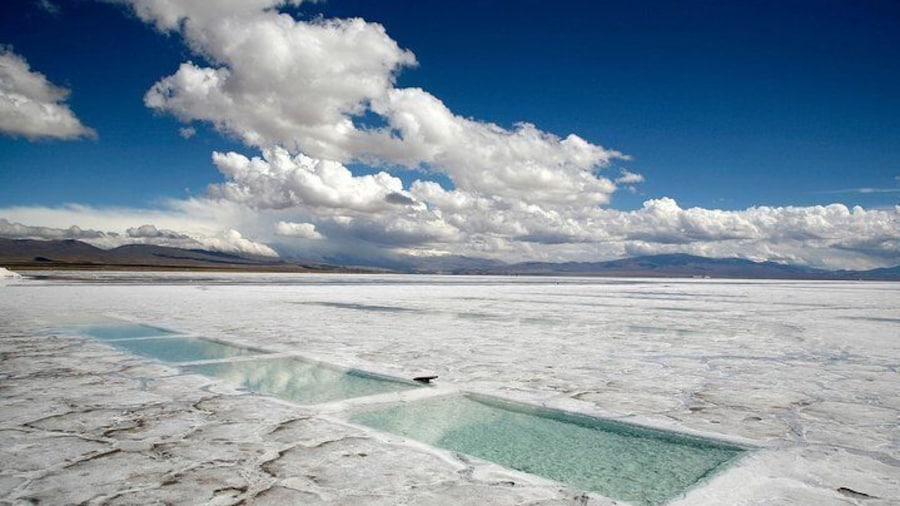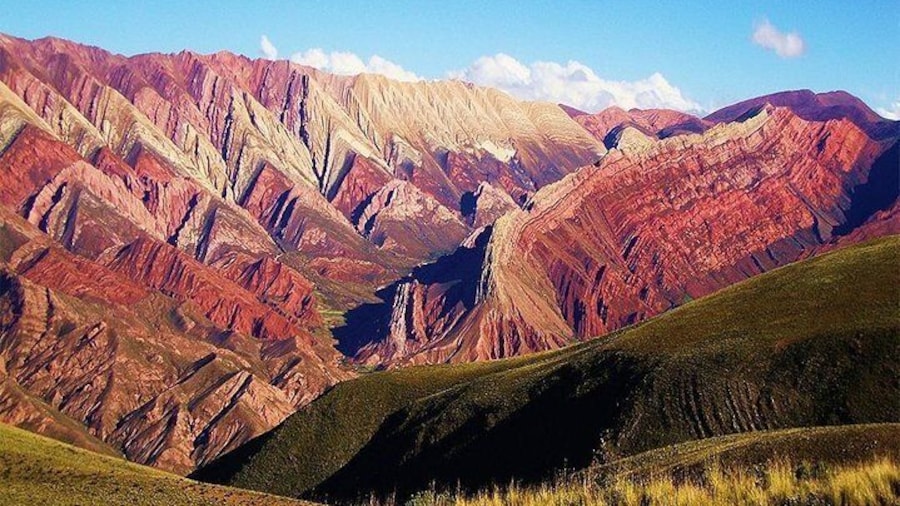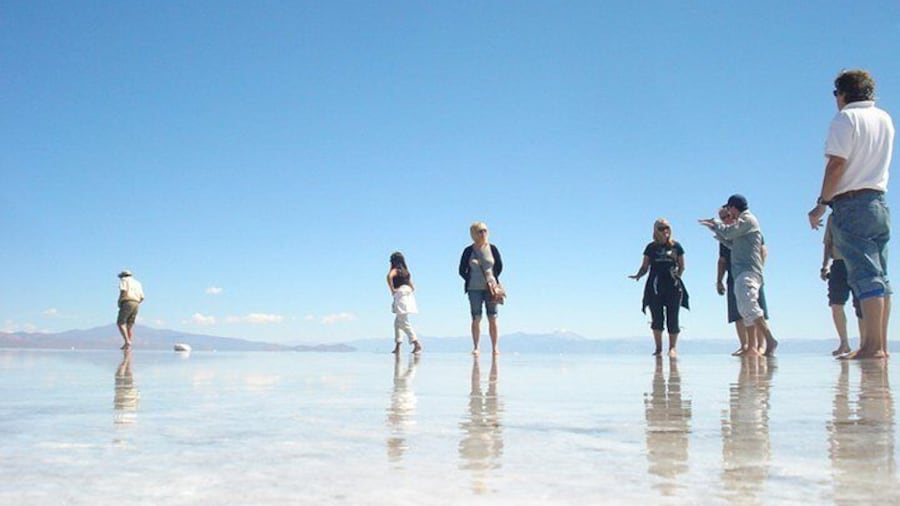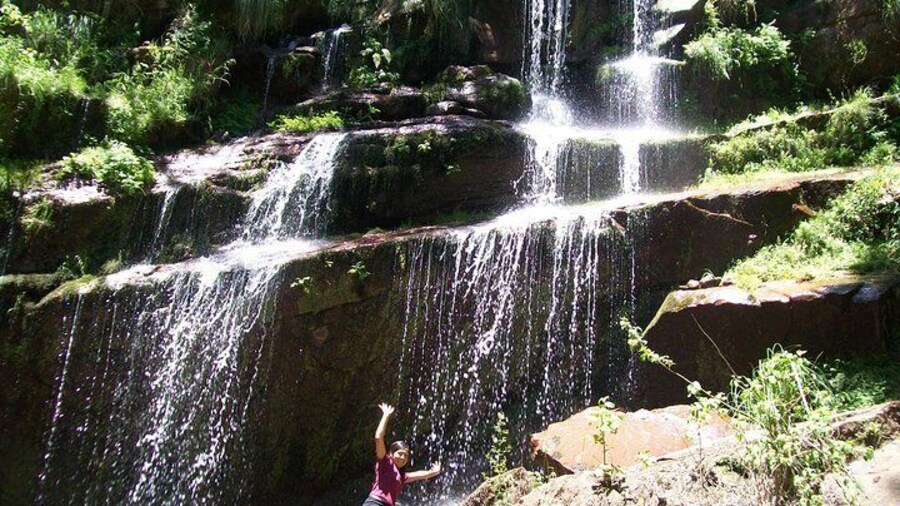Purmamarca is in a historic area of natural beauty, where people have settled for many thousands of years. Known for its colorful mountains, the area has a rich local culture and markets selling traditional garments. Wander through the trails that lead from the town center and relish the beauty of the region.
Bring your camera to the Hill of Seven Colors, which is just 1 mile (1.6 kilometers) west of the town center. Marvel at the blend of glorious hues that appear as though painted on the rock face. Pink, red, orange and yellow merge on this rainbow-like formation. It is part of the Paseo de los Colorados trail that loops back around to the commune.
Visit the small market in the town center to peruse the locally made items. Chat with residents and browse the Bolivian hand-woven textiles. Several restaurants serve up the specialties of the region, such as the nation’s famous steak.
Stroll through the narrow, cobbled streets and appreciate the whitewashed walls of the buildings, which are made of typical Spanish colonial design. Beside these structures are adobe houses and ancient algarrobo trees.
Note that the name of the town is from the Aymara language, meaning Desert City. Travel north through the Quebrada de Humahuaca region to reach the city of Humahuaca. Learn about the arrival of Spanish settlers to this part of Argentina and the struggle for autonomy at the Heroes of the Independence Monument.
This region stays dry for most of the year, with summer showers from December to February. Summers are warm and winters drop below freezing at night.
Embark on one of the tours from nearby cities that drop you off in this town for 1 day. It is 115 miles (185 kilometers) north of Salta and 40 miles (64 kilometers) north of Jujuy in the northwestern part of Argentina. Fly to the Martín Miguel de Güemes International Airport in Salta. You can get around the village of Purmamarca on foot.
Purmamarca has an unforgettable skyline with colorful rocks looming over the town from all directions.
